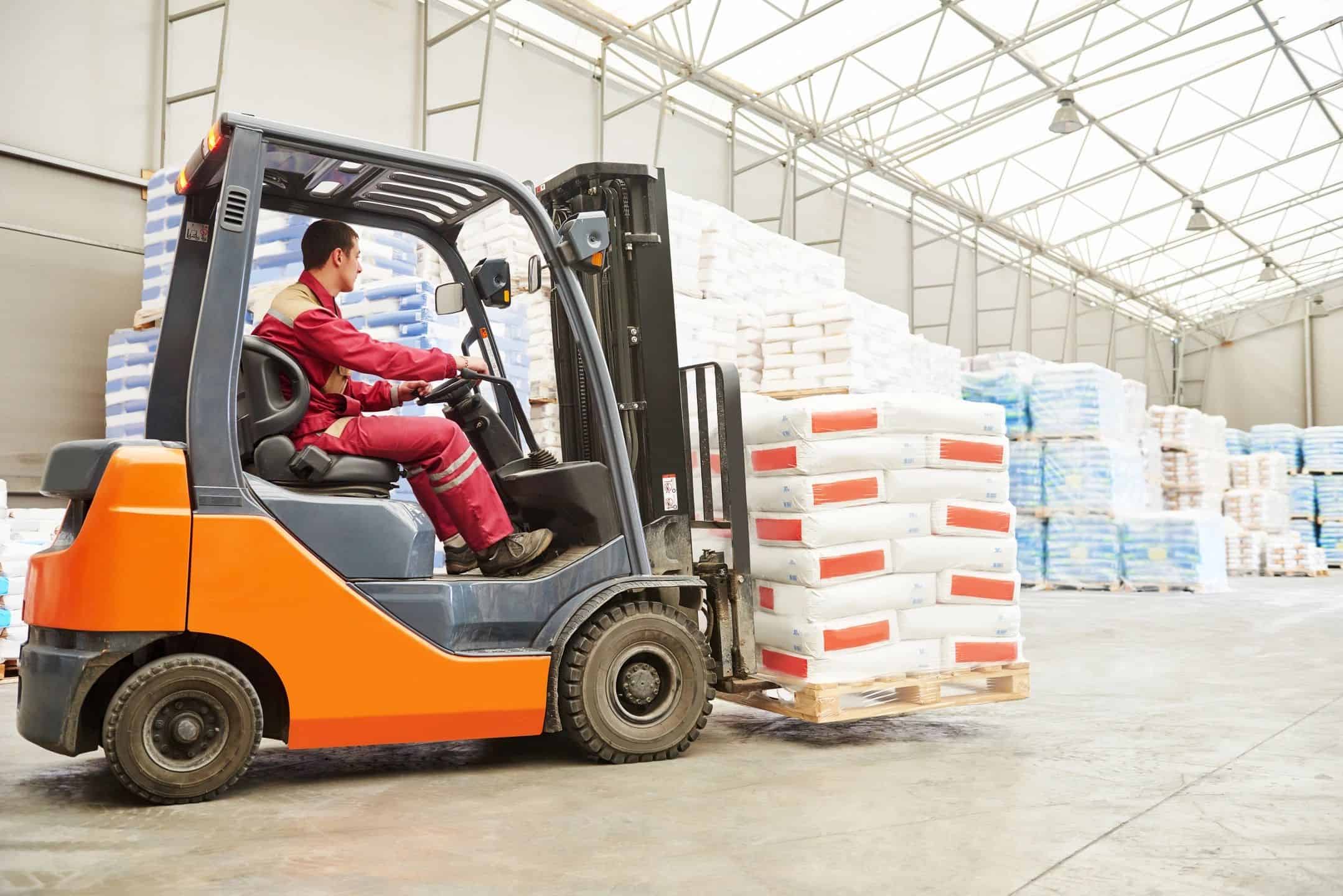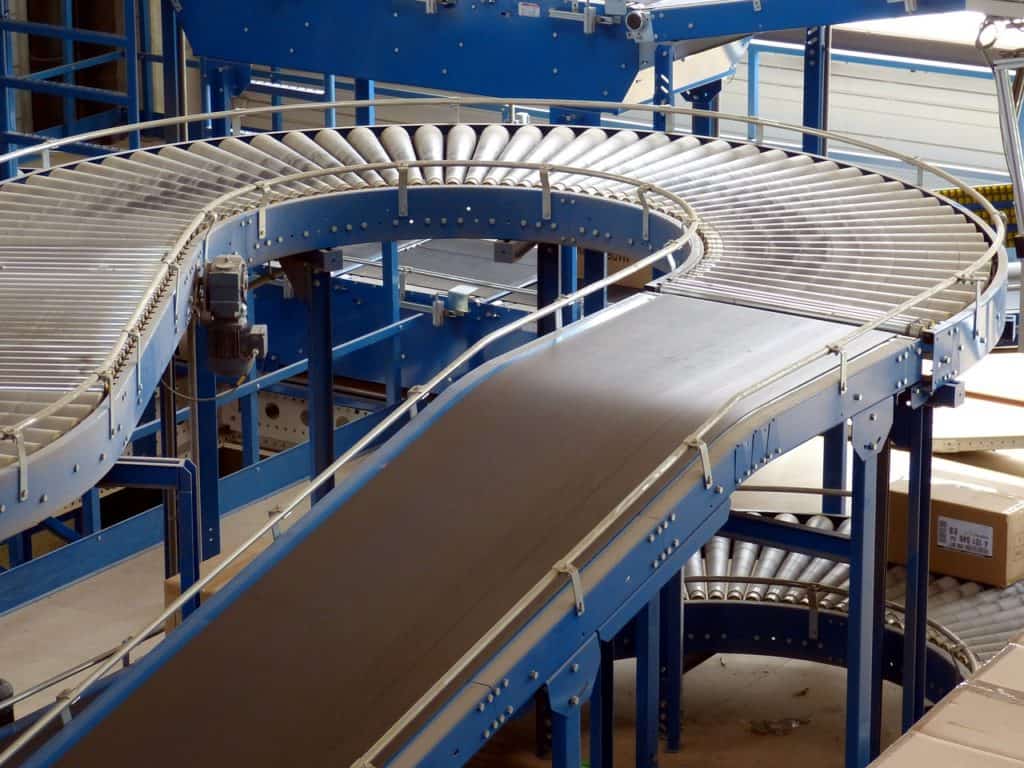How can you improve your warehouse?
“Welcome aboard, David. Take some time to familiarize yourself with the warehouse environment and the operations processes. You are now part of the team and we need a new pair of eyes to help improve your warehouse.”
Wendy, the VP of operations was introducing David, the newly hired manager to the warehouse the company owned. David’s main priority now is to support the improvement project for this site.
If you are in David’s position, how will you tackle this assignment?
Components That Helps You to Improve Your Warehouse
There are a few components to consider.
- Reduction of operating cost (OPEX)
- Improvement of productivity/throughput
- Efficient usage of warehouse space

Reduce operating cost
Manpower
In any typical warehouse, manpower accounts for a big component of the operating cost. These includes the staff’s annual salary package as well as additional Overtime Payout.
There are supporting staffs as well as direct operators performing the daily operational tasks.
Overtime Pay
A common method that warehouse managers do is to control/reduce the overtime component. Frequently, the payout per hour for overtime is 1.5 times more than normal working hours. Thus, if you can control the OT, the overall cost will drop significantly.
You can try moving the non-critical activities within the operators’ normal working hours. This will reduce the requirement of additional hours towards the end of the day.
If not possible, you can also try to break the work force into different work shifts. Possibly one shift to come in the morning and the other shift to start work in the evening. Rather than paying 1.5 times the hourly rate, you will pay the normal working hour rates.
Headcount reduction
The other method is to reduce the number of headcount for certain activities. You can justify this if the operators become more productive in certain processes (require lesser headcount to complete the same tasks) or if the standards become less stringent (rather than achieving a high standard that exceed the expected KPI, just put in sufficient resources to meet the minimum KPI standard). There will definitely be a trade-off in terms of KPI and cost. Management will then need to decide whether to pursue the cost reduction initiatives or maintain the current KPI standards.
Packaging material
In some warehouses, value added services such as packaging and consolidation of inventory are provided. These activities require packaging materials such as carton boxes, air fillers, shrink wrap. The absolute values of each of these items are small. But given the sheer volume processed monthly, the savings generated when totaled up will be substantial. This will add to the improvement of the bottom line.
Examples of how you can improve your warehouse for this element is to re-negotiation between the procurement team and the supplier for a better rate. You can also explore the other option of changing the packaging material entirely. An example can be the changing of carton box packing to plastic bag packing.

MHE
Material handling equipment form a big chuck of operating cost to the warehouse as well. For most warehouses, the MHE are shared among the different processes. In the morning, you might notice the inbound team using them for unloading the pallets, staging the inventory for checks and validations and putaway to storage locations. The outbound team will use the same MHE for picking and dispatch in the afternoon.
Often, these MHE are leased. You can explore whether there are MHE that are not frequently used (inactive). Return these to the supplier and save the rental cost for those MHE.
Utilities
In certain warehouses, you might notice that the lighting is always on even though no operational activity is ongoing. You can propose the installation of motion-sensor so that the lighting can be dimmed or inactivate to save electricity.
Another proposal is to change the lighting system to a more efficient system, such as from T5 to LED. In the long run, the ROI (return on investment) should justify the initial cost outlay.
Automation maintenance
In certain operations automation involving conveyors and automatic storage systems are in place. Aside from the initial cost, the warehouse needs to pay for the yearly maintenance fee as well. By negotiating with the vendors at the beginning, you should be able to get a good deal for the maintenance contract.

Delivery fleet management
From the operations’ perspective, aside from the activities within the four walls, there is also the delivery fleet you need to consider. This is a totally different ball game, which requires you to sit down with the transportation manager to understand the delivery profiles. These includes the routes, number of drop points, the time windows assigned, average volume per drop and the traffic conditions. There are tons of opportunities for cost savings in this aspect, but you need to fully understand this aspect before implementing any changes. If this is not done correctly, not only will you not improve your warehouse, you will potentially create a receipt of disaster.
Improve productivity/ throughput
Aside from cost reduction, which impacts the bottom line of the business, the other component you can address is improving the current productivity of the operators.
Waste reduction
In some processes, there are a number of steps that the operators need to do before completing the tasks. One way is to observe the entire process, breakdown the process into steps and take down the average timing of each step. This is known as time motion study. With these data, you will notice which steps are not required for the completion of the task and which steps can be further improved. With the improvement in place, the productivity will definitely increase.

Automation
There is always this impression that people have of automation. Automation is supposed to be much more productive than manual work. You might need to validate this statement. Automation does improve the productivity if the process is repetitive and can be easily replaced with machines. For example, your team need to perform affixing of labels to cartons. These are big volume and currently, your team is doing it manually. With machines doing the similar kind of work, the potential of increasing the hourly throughput should be positive. You need to validate the replacement of manual actions with machines as well as the cost implication to determine on the justification of the purchase.
Line balancing
This term is frequently seen in manufacturing sector, but seldom in the warehousing industry. What it means is that assuming in a production line, there are 3 stations. For the inventory to transit smoothly from station A to B and C subsequently, there should not be any bottleneck that jam up the entire production line. Bottlenecks refer to the activity/station which is delaying the entire line.
Likewise, in a warehousing environment, you know that picking is required before packing and handing over to the dispatch team. If the picking is slow, it will cause a delay to the packing stations. As a result, handing over to the dispatch team will be late.
Thus, one way to alleviate this problem is to either pump in more resources for the picking processes (might incur additional operations cost) or streamline the picking process. You can speed up the picking process by reducing the travel time of the pickers. This can be done via the ABC classification and re-slotting of the inventory.
Scheduling of work shift
Imagine your operations is performing inbound and outbound of goods at the same time. What’s worse is that there is limited docking space. There might be a possibility of mixing up of the incoming and outgoing products.
Also, equipment as such MHE and scanners, workstations cannot be co-shared between the 2 operations.
You can suggest splitting up the operations into different working time. The inbound team, for example, can come in early and start working till late afternoon. The outbound team, on the other hand, can come in at noon time and complete their work in the evening.
This will ensure that space and equipment can be utilized by both teams. Rather spending money to purchase 2 different sets for both teams, there is a possibility where you can share the same resources. Another way to improve your warehouse.
Efficient usage of space
Good layout planning
Image in the warehouse, you have your picking done. After that, the pickers move the pallets to the staging area for packing and consolidation activities. What if this staging area is at the furthest corner within the warehouse away from the docking area?
Your pickers need to move these products from one end of the warehouse to the front where the trucks are parked. Time is wasted on the traveling within the warehouse.
Now, imagine another scenario. After picking is done, your pickers move to the staging area which happens to be just beside the docking area. After packing and consolidation, the goods can be moved to the dispatch area which is just beside the staging area. The time required to move the goods are reduced tremendously.
With good layout planning, inventory flow and human flow will be smooth without causing any congestion within the building. Here is another situation where you can improve your warehouse without incurring any huge investment.
Sufficient space for staging
More often than not, the staging area is insufficient for operators to stage and check the pallets. As a result, operators need to manoeuvre and this takes time and effort. The inbound and outbound operations will be much smoother if there are ample space for them to move around.
Inventory management
By inventory management, what I meant here are a couple of things. This includes the placement of the pallets in the correct locations as well as the treatment of excess stocks.
Using ABC analysis, you can determine which are the fast moving items and which are the dead stocks that are not picked for a long period of time. You should then place these fast moving items in regions closer to the docking area. This will be more convenient to the outbound team.
For excess stocks, this implies the supplier is storing inventories that exceed the normal requirement. For example, the supplier can be storing 6 months worth of stocks when the items are moving slowly. You can check with the client whether it is possible to reduce the days of stocks. This is, in fact, beneficial to the client. With lesser inventory in the warehouse, their accounting book should reflect a better cashflow.
Another point which you can suggest is to move the dead stock to inaccessible area (such as the top level of the pallet racks or further inside of the warehouse). Since most of the fast moving stocks are now moved to the precious accessible locations, your pickers will no longer be required to travel all the way into the warehouse to pick a fast moving item.
Vertical airspace
Often, when you step into a warehouse, you see a lot of air space in between different levels of the pallet rack. The obvious reason is that during the initial construction of the warehouse, the designer might take the tallest pallet height as a guide and standardize the racking configuration.
As a result, you will notice a lot of air space when the actual operations begin.
You can suggest performing an analysis on the inventory profile to determine the percentage of different pallet heights and adjust the horizontal beams of the pallet racks accordingly. This will create additional pallet locations from the existing building.
Maximizing the usage of the space within the warehouse is always a good practice. Try to improve your warehouse rather than taking the easy way out of getting a new space.
Conclusion
The above recommendations are just the tip of the iceberg. There are multiple ways to improve your warehouse not covered in this article. For example, improvement of the information flow and documentations are just some of the other components you should look into as well.
Can you think of other ways to improve your warehouse?
